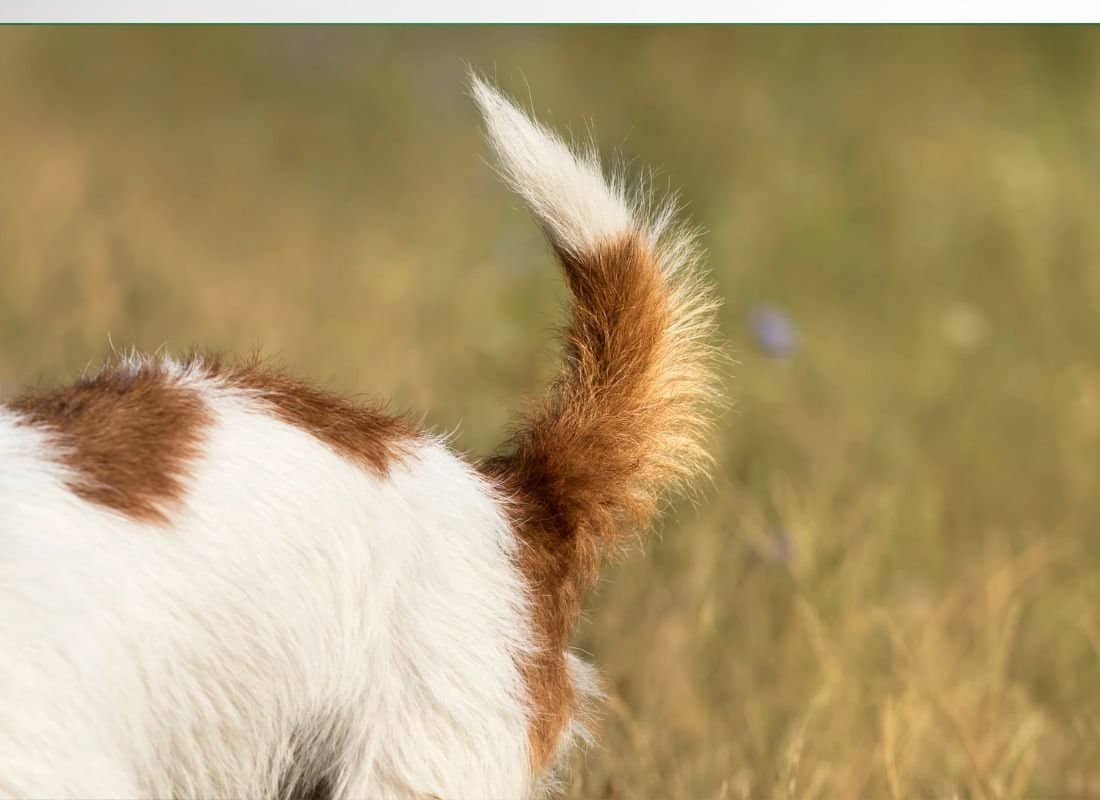The Secret Language of Dog Tail Wags: Decoding Canine Communication

Introduction: More Than Just a Wiggle
When your dog wags their tail, it’s far more than a simple greeting or sign of happiness. Each wag is a complex communication tool, packed with nuanced meaning that goes beyond what most pet owners realize. Understanding the subtle language of tail movements can dramatically improve your relationship with your furry friend and help you better interpret their emotional state.
The Anatomy of a Tail Wag
Dogs’ tails are incredible communication instruments. Composed of 6-23 vertebrae and surrounded by powerful muscles, a tail can communicate a remarkable range of emotions through subtle changes in:
- Position
- Speed
- Width of movement
- Directional bias
Decoding Tail Positions and Movements
1. Height and Angle
High Tail Positions
- Vertical, Stiff Tail: Indicates alertness, potential aggression, or dominance
- High and Loose Wag: Confidence and positive engagement
- Neutral, Horizontal Position: Relaxed, neutral emotional state
Low Tail Positions
- Tucked Between Legs: Fear, submission, or anxiety
- Slightly Lowered: Uncertainty or mild discomfort
- Drooping Tail: Potential illness or depression
2. Wag Speed and Width
Broad, Sweeping Wags
- Wide, Relaxed Sweep: Pure happiness and excitement
- Moderate Speed: Friendly, social engagement
- Slow, Wide Wag: Cautious approach, assessing the situation
Rapid, Tight Wags
- Quick, Narrow Wags: Potential nervousness or stress
- Vibrating/Trembling Tail: High anxiety or intense emotional state
3. Directional Nuances
Fascinating research suggests the direction of tail wagging can indicate different emotional hemispheres of the brain:
- Wags Slightly Right: Positive emotions, relaxation
- Wags Slightly Left: Negative emotions, potential stress or anxiety
The Science Behind Tail Communication
A groundbreaking study from the University of Trento in Italy revealed that dogs can actually read these directional tail wags in other dogs, suggesting an intricate, evolved communication system.
Common Tail Wag Misconceptions
Myth: All Tail Wags Mean Happiness
Reality: Tail wagging is a complex emotional language. Context and specific characteristics matter immensely.
Myth: A Wagging Tail Always Means a Friendly Dog
Reality: Some tail wags can signal potential aggression or uncertainty. Always consider the entire body language.
Practical Tips for Pet Owners
- Observe Holistically: Don’t just focus on the tail. Consider ear position, body stance, and facial expressions.
- Learn Your Dog’s Unique Style: Each dog communicates slightly differently.
- Be Patient: Understanding takes time and careful observation.
When to Consult a Professional
If you notice persistent unusual tail behavior, such as:
- Constant tucking
- Inability to wag
- Signs of pain when tail moves
- Dramatic changes in tail movement
Consider consulting a holistic/naturopathic veterinarian or professional animal behaviorist.
Conclusion: A Sophisticated Communication Tool
Your dog’s tail is far more than a cute appendage—it’s a sophisticated communication device that offers profound insights into their emotional world. By learning to read these subtle signals, you’ll develop a deeper, more empathetic connection with your canine companion.
Remember: Every wag tells a story. Are you listening?

Leave a Reply
You must be logged in to post a comment.
Leave a Comment